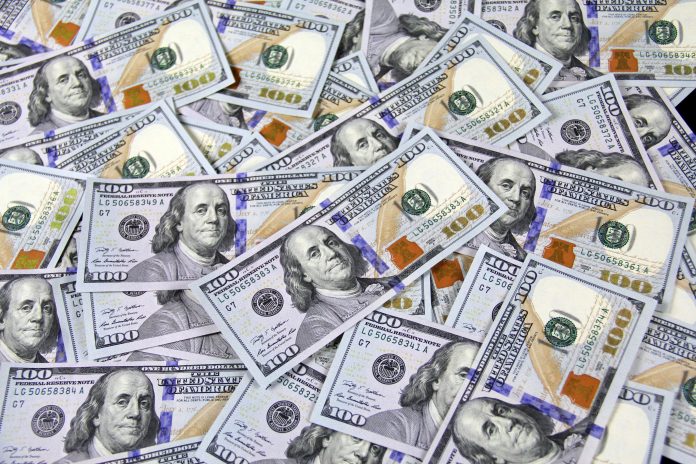September is starting this week and statistically this is the weakest month for the financial markets. Investors were looking to the Jackson Hole symposium over the weekend in search for clues from central bankers on how they see the state of the world economy and crucially, whether they would continue to raise interest rates.
This year Fed Chair Jerome Powell was softer on the economy in his speech but signaled that he is not ready yet to put a stop to the rate increases, writes eToro analyst for Romania, Bogdan Maioreanu. Powell also reiterated how serious the Fed is about their 2% inflation target, and they’re not budging from that.
ECB President Christine Lagarde reached a similar conclusion. The ECB is set to put interest rates at sufficiently restrictive levels for as long as necessary to achieve a timely return of inflation to 2% medium-term target. But both speeches pointed to the fact that next steps are data dependent, especially the figures coming from the labor market.The first day of September will also bring the US job creation data with the non-farm payrolls report.
September is typically the weakest month for markets, given the end-of-summer blues, mutual fund tax loss harvesting, and back-to-school consumer expenses. We analyzed 15 of the world’s largest stock indices going back an average of fifty years. The typical September price return was a 1.1% fall, by far the worst of the three average down months seen. Not a single one of the analyzed markets was positive. The greatest weakness was in smaller and more volatile assets, led by Italy’s FTSE MIB, the German DAX, and UK’s FTSE 250 mid-caps. US stock markets seasonality was below the global average. Statistical September price weakness is following a weak August with an average fall of 0.2%.
Among individual Romanian investors, 44% say they planned to increase their portfolio during this quarter that ends on September 30th according to the latest eToro Retail Investor Beat survey. So far, August provided some discounts to stock prices creating opportunities for certain investors. But the macroeconomic fundamentals still support the markets with recovering earnings, inflation falling and interest rates hikes approaching their peak. The weak September may have already started in August, or the markets are preparing for the typical Q4 repositioning rally. But the months to follow paint a more positive picture – statistically all three Q4 months are showing positive monthly returns, 0.9% in October, 1.2% in November and the highest returning month being December with 1.8%.

















